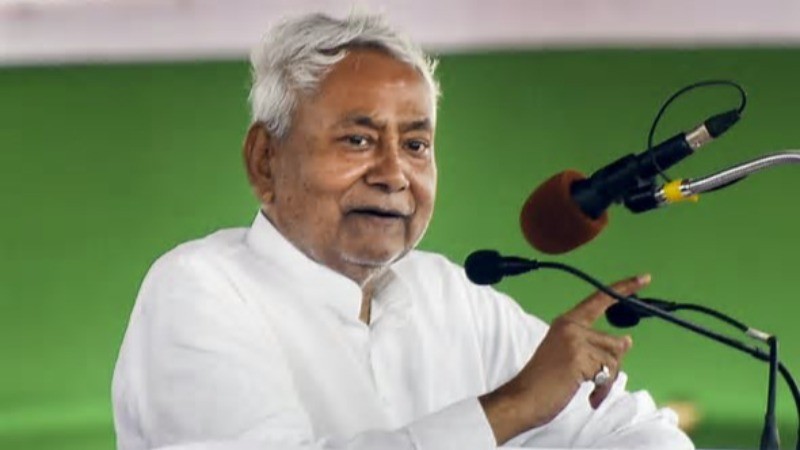
It's been twenty years since Nitish Kumar took over as the Chief Minister of Bihar. As the fourth-largest legislative assembly in India gears up for another election, the question is: will the people of Bihar choose a change in power or re-elect Nitish Babu? And, is Nitish still the NDA's Chief Ministerial choice, despite being considered as a "weak link"?
Lately, concerns have been raised regarding his fitness, his diplomatic blunders both within and outside the assembly, and his fading image as the so-called "Sushasan Babu" following some sensational murders and bridge collapses that made headlines, allowing the Opposition's Mahagathbandhan to take a dig. The grand alliance's Chief Minister face, Tejashwi Yadav, even dragged it into his campaigns, claiming that if NDA retains power, it won't repeat Nitish Kumar as the CM. Once a close ally, Lalu Prasad Yadav's sobriquet for Nitish, "Paltu Ram," also gained momentum for a while, as to whether he would switch parties again.
But, despite all of this, senior leaders, including Prime Minister Narendra Modi and Home Minister Amit Shah, have reiterated their stance, always saying, "under Nitish Kumar's leadership". Bihar Deputy CM Samrat Chaudhary has also maintained that he will "remain the CM", with poll in charge and Union Minister Dharmendra Pradhan, stressing that there is no "vacancy for the CM's post". Even the allies, Union Minister Chirag Paswan and HAM's Jitan Ram Manjhi, endorse Nitish's leadership.
As the day of voting nears (November 6 and 11), the JD(U) Chief remains the most reliable face in Bihar, looked up to by a large section of the population. Even though his party's winning strength has declined over the years, he still serves to be the most secure path to victory for the NDA. For supporters, he was a Messiah once who freed Bihar from a decade and a half rule of Lalu and his wife Rabri Devi, a period called "Jungle Raj" by the NDA. In his 20 years in office, Nitish is credited with restoring "basic governance" in the state and a rule of law, along with an efficient road network, electricity to almost every village by 2016, and considerable growth in education and healthcare.
Challenges still linger as people now want more than the necessities, with poor employment opportunities and migration being the major issues. But what is an advantage is Tejashwi Yadav's drawback due to his father. BJP's support, it finds support of the upper castes, non-Yadav OBCs, and the EBCs.
While Lalu says that he might not have given them "Swarg" (heaven), but they have a "Swar" (voice), reflecting upon RJD's work for the socially deprived sections. Nitish has broadened that empowerment with a focus on the EBCs and the most deprived scheduled castes, with an efficient administration. With a focus on governance, infrastructure, welfare initiatives, and empowerment schemes, especially for women and EBCs ensured a continuous win for Nitish.
Moreover, those who admire the JD(U) supremo find him a rare politician in Bihar who has managed to avoid a taint of corruption on his head, or a charge of subversion of process, where he would have provided any government job or contract to his loyalist group. Nitish has always kept family out of politics, while regional parties have always been immersed in nepotism. He has also emerged victorious, developing a support block of non-Yadav OBCs, EBCs, scheduled castes, and women voters, despite the added advantage of a 14.2% Yadav population to Lalu.